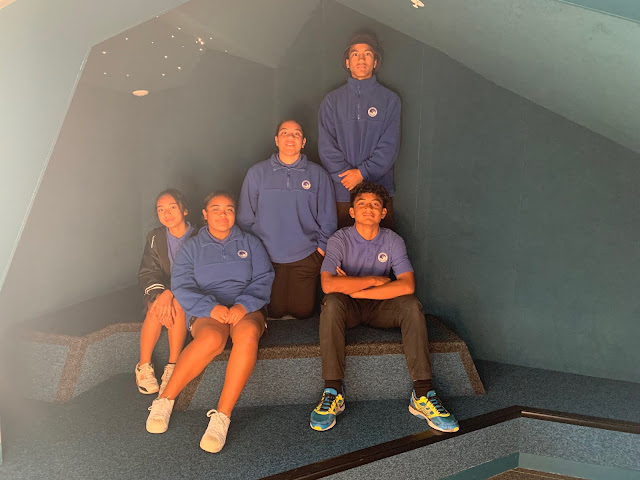The first reading that I am doing this year is "Why Don't Students Like School" by Daniel Willingham.
"Thinking is the hardest work there is, which is the probable reason why so few people engage in it."
"... when we can get away with it, we don't think. Instead we rely on memory"
He talks about how if you had to really think for the whole time instead of using memory for most of it, how that would be really tiring. He relates it to being on holiday where you don't know the language and everything is new. Travelling is really tiring, as all the trivial actions that would be on auto pilot at home have be be thought about the whole time.
"if you repeat the same thought demanding task again and again, it will eventually become automatic; your brain will change so that you can complete the task without thinking about it."
This reminds me of my Karate sensei talking about muscle memory. Repeat, repeat, repeat of the same movements for Kata eventually moved it into memory and then you could start thinking about how to use the movements instead of concentrating on how to do them.
"Despite the fact that we're not that good at it, we actually like to think. We are naturally curious, and we look for opportunities to engage in certain types of thought. But because thinking is so hard, the conditions have to be right for this curiosity to thrive, or we quit thinking rather readily"
"When I say problem solving in this book, I mean any cognitive work that succeeds".
"There is a sense of satisfaction, of fulfilment, in successful thinking".
"When you solve a problem, your brain may reward itself with with a small dose of dopamine, a naturally occurring chemical that is important to the brain's pleasure system".
"working on problems that are of the right level of difficulty is rewarding, but working on problems that are too easy or too difficult is unpleasant".
I have been having conversations with fellow teachers at TC about how the students react to tasks that let them have an obvious, visible improvement over a short period of time. We did a drawing practice activity recently and the students reacted really well to it and wanted to continue. It was set up so they could practice the same skills over and over but the drawn outcome was changing slightly each time.
Link to activity on the class site - it was printed out for them to complete with marker pend and coloured pencils.
When I read about the brain giving out pleasure chemicals when you learn something for yourself this made a lot of sense. I could see the students enjoy seeing themselves improve over the time of the activity and will get it back out again to revisit when they are supposed be on something else.
How can I set up more activities like this so they can feel good about the progress they are making and in how they are improving and do it less for "getting credits"?





